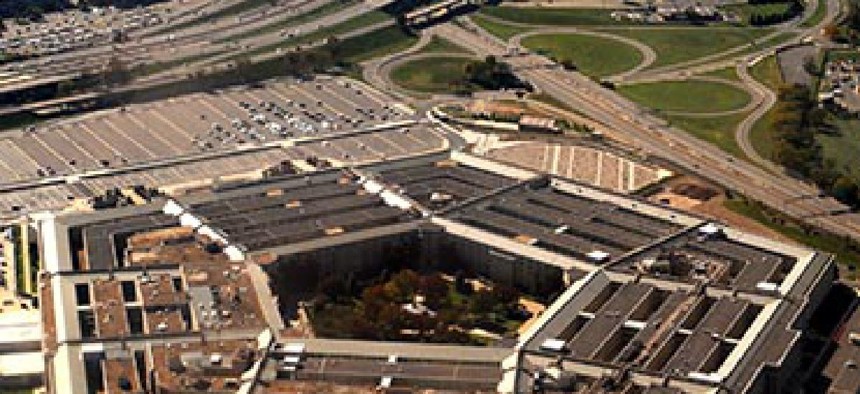Getting DoD to buy commercial IT

Former ranking defense IT officials argue that an empowered CIO would help the military focus on off-the-shelf IT and avoid the "death spiral of software development."

Despite the best intentions of reformers, the Defense Department still does a poor job of acquiring and deploying off-the-shelf IT systems to meet its administrative and business needs, according to members of the IT Acquisition Advisory Council.
Language in the 1996 Clinger-Cohen reforms, a 2010 Defense Department directive on IT acquisition for business systems known as Section 804, and report language in recent defense authorization bills all encourage the use of commercial IT in non-weapons systems and lay groundwork for deploying agile acquisitions methodologies. But DoD has failed to incorporate those changes into the way the military buys IT, the group said in a July 25 letter to the chairmen and ranking members of the House and Senate Armed Services Committees signed by 15 senior retired DoD officials and IT-AAC executive director John Weiler.
"Disappointingly, agency efforts to implement these directives have fallen far short due to a lack of incentives and/or commercial IT expertise," the letter said. The problem is exacerbated by the inability of the DoD to drive IT development as it has in the past, because the U.S. military accounts for less than one-half of one percent of the global market for hardware and software, according to 2013 Gartner figures. Adding to the problem is the record of failure at DoD and across the government in trying to develop custom software solutions.
"All software development should be avoided like the plague. It is the highest risk aspect of all IT. If it exists, then you can buy it. If it doesn't exist, don't try to develop it. You will be highly unlucky," Weiler said at an Aug. 5 AFCEA event on defense acquisitions.
For the audience of Pentagon acquisitions workers and others, Weiler and some of the other signatories of the IT-AAC letter preached the gospel that the existing Defense acquisition rulebook and the underlying law allow for more flexibility than is generally acknowledged. "You can go fast. You can be agile. You can buy commercial solutions and avoid the death spiral of software development," Weiler said.
But Weiler and others argued that management restructuring contained in the Senate version of the fiscal 2015 Defense authorization bill would stimulate change where it is needed – at the top. The bill, which is awaiting action by the full Senate, proposes to upgrade the current deputy chief management officer to chief management officer, nominated by the president and confirmed by the Senate. The CMO would have CIO responsibilities and budget authority over the acquisition of IT business systems, control the Information Assurance Directorate of the National Security Agency, report to the deputy secretary of Defense, and enjoy undersecretary rank just below the powerful undersecretary for acquisition, technology, and logistics in order of precedence.
The committee report accompanying the legislation predicts that a "strengthened CIO will provide better management and oversight of information technology, systems, and operations within DOD, including over the U.S. Cyber Command. Combining these offices also should produce some savings in overhead."
A similar push took place on last year's defense authorization bill, but didn't make the final cut. Former DOD CIO John Grimes noted that as a Senate-confirmed CIO, he had a seat at the table. "One of the problems my successor had – Ms. [Teri] Takai – she was not confirmed by the Senate. She couldn't get invited to staff meetings and she had no influence, and the whole time she was there, she only met with her boss the deputy secretary that one time," when she was asked to resign, Grimes said. Takai left the department in early May. She did not respond to requests for comment.
"It's a different situation when you're sitting up there as a PSA or politico," Grimes said, adding, "It's like a club out in corporate America."
As a practical matter, Weiler said in an interview with FCW after the event, unifying the management and CIO functions would drive efficiencies in improving business processes. "You're using technology to drive the business outcome, not buying technology separately from having a business agenda. If you look at corporate America, many of the CIOs have been elevated to the board of directors, or directly reporting to the chairman, because it's so important to drive the mission," he said. "Acquisition is not a mission. It's a support role. We're getting confused. We think getting a contract is an outcome. It's not an outcome."
NEXT STORY: Kendall: Keep it simple on acquisition reform






